30 products that haven't been around for as long as you'd think
Some products feel like they've been around forever, but they're actually fairly recent inventions.
Sliced bread, a kitchen staple, has been around for fewer than 100 years.
It's tough to imagine life without the MacBook and iPhone, but they've only been around 20 years.
Certain products have become integral to our daily lives — it seems like there was never a time that we lived without them.
However, even some that seem as old as time have been created fairly recently. Sliced bread was put on the market for the first time in 1928, after a Missouri-based jeweler, Otto Rohwedder, invented the bread slicer.
More than a third of the US population, 136 million people, were iPhone users in 2023, and the company has a particularly strong hold on Gen Z: Research released by Piper Sandler in October found 87% of teenagers surveyed said they had an iPhone, and 88% of them anticipated getting an iPhone as their next phone, too.
However, the product was brought on the market just 17 years ago.
Take a look at all the products that haven't been around for as long as you would think.
A pantry staple today, sliced bread was first sold in 1928.
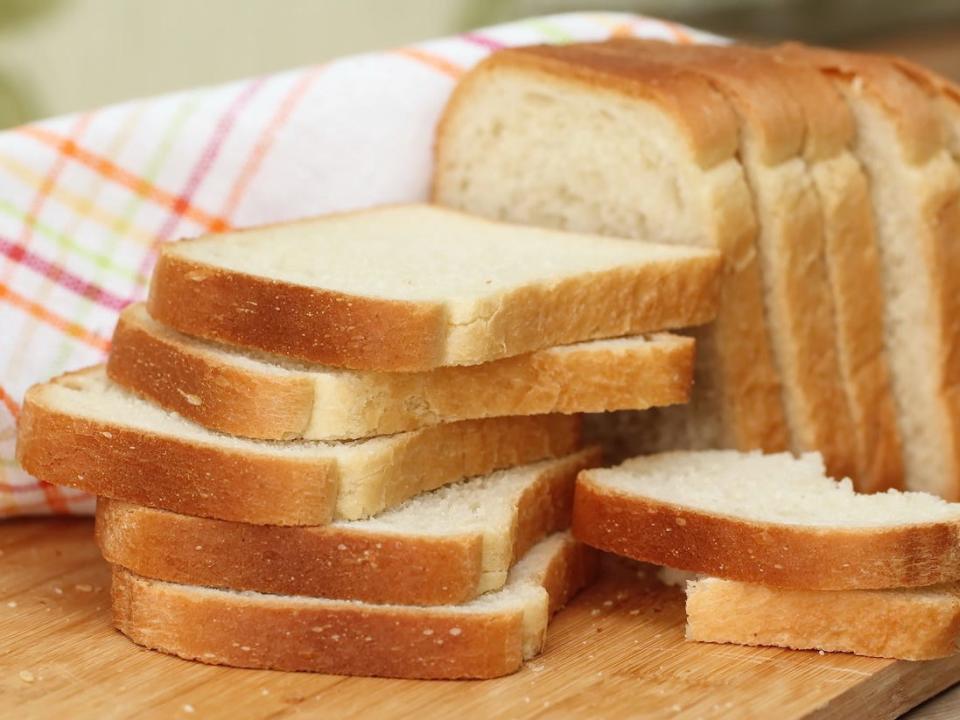
The first loaf of automatically sliced bread was produced by Otto Rohwedder in Chillicothe, Missouri, in July 1928, according to History.com. Rohwedder was a jeweler, and faced criticism by bakers for his idea; they thought that sliced bread would go stale too quickly.
Cans with pull-tab tops became popular after being patented by Ermal Fraze in 1977. He had designed the mechanism about a decade earlier.
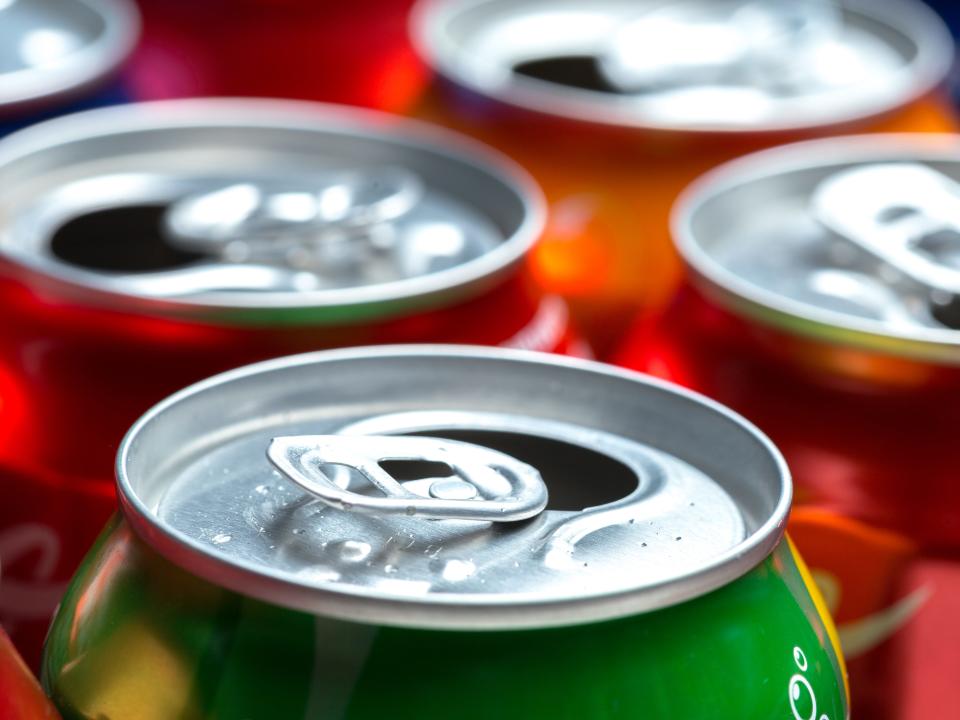
According to Slate, the pull-tab top on cans became standard after removable tops were deemed a health hazard — they could be accidentally swallowed or cut people's feet on beaches.
Post-it Notes were introduced around the world in 1980.
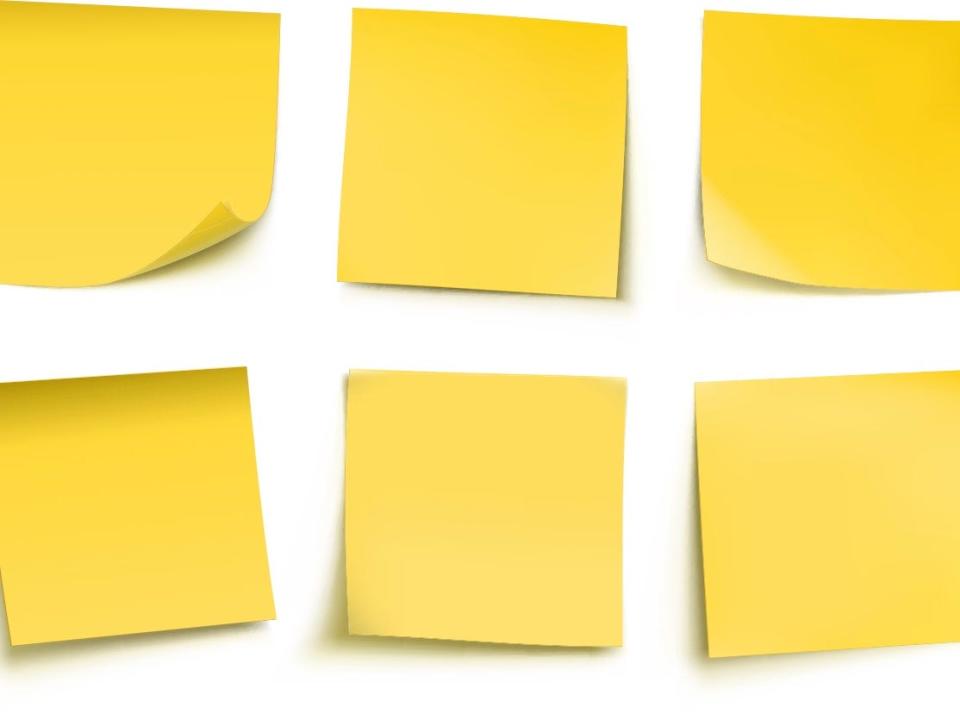
Arthur Fry was a new product development researcher at 3M when he learned of the adhesive microspheres that his colleague Spencer Silver had developed, according to the National Inventors Hall of Fame, of which Fry is a member.
He then coated the adhesive to paper and the Post-it Note was created.
Sriracha hot sauce is also a relatively new product. It was first put on the market in 1980.
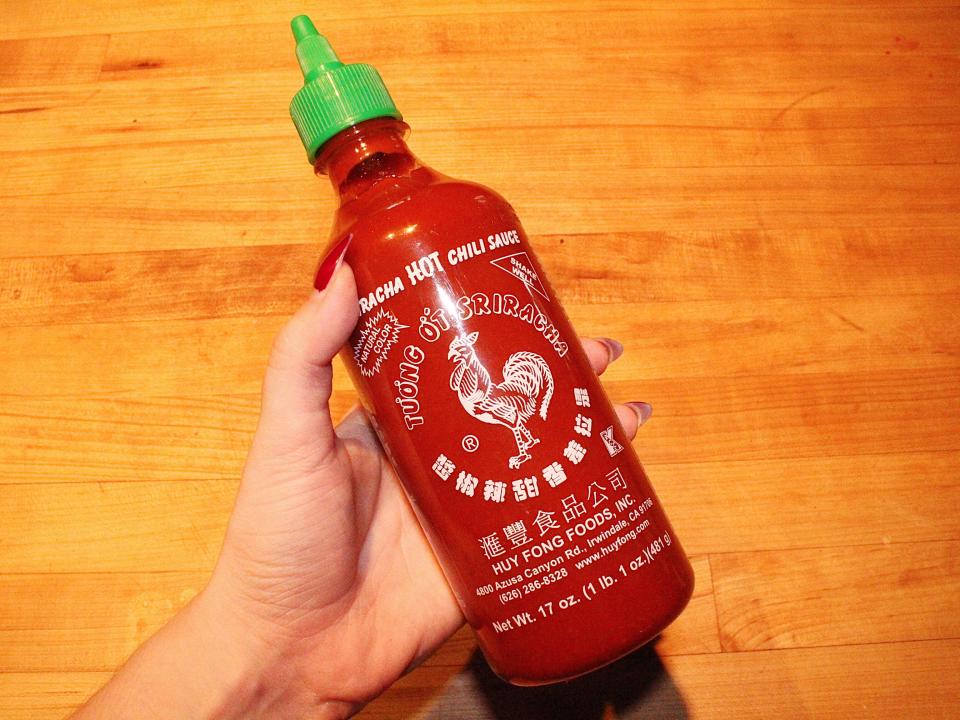
Huy Fong Foods founder David Tran created Sriracha in 1980.
Sriracha is the eighth-most-popular hot sauce in the United States, according to 2023 data from Instacart. But before a worldwide Sriracha shortage, it was in the No.2 spot, per Instacart data shared by AllRecipes.
Battery-operated car keys have only been around since the 1980s. Before, each car door had to be locked and unlocked with a traditional key.

Car and Driver reported that one of the earliest iterations of a remote-entry locking system could be found in the 1983 AMC-Renault Alliance. Then, in 1987, Cadillac released the Allante car key, and by the early 1990s, the device was more widespread.
Though inline skates have been around since the 19th century, rollerblades were first sold by their teenage inventor, Scott Olson, in 1981.

Olson was 19, living in Waconia, Minnesota, and dreamed of joining the NHL when he saw a pair of inline skates in a sports catalog and thought they'd help him train. Even though they were not a popular item at the time, he knew immediately they had potential — they just needed some updates to appeal to a broader audience.
He told Marketplace he didn't invent the concept, only the product. "The inline skate started back before roller skates were even invented, back in the early 1800s," Olson said.
The Coca-Cola company was founded in 1892, but Diet Coke wasn't for sale until 1982.
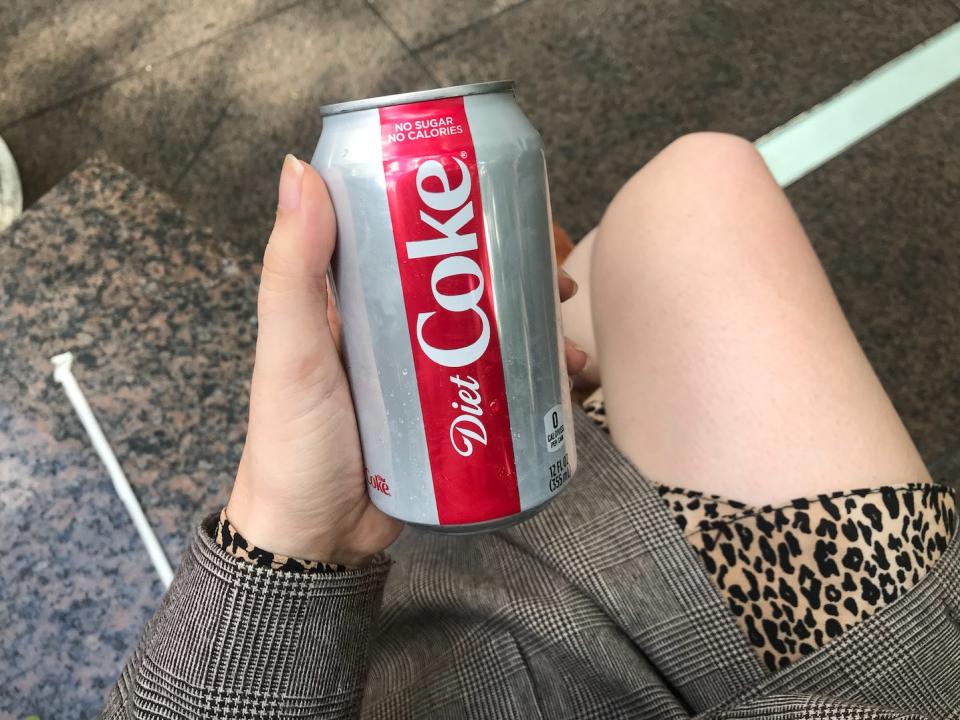
Diet Coke was unveiled on July 8, 1982, and introduced in the United States on August 9, according to the company. It quickly overtook sales from the brand's previous diet cola, Tab.
Built-in GPS for cars was first unveiled in 1990 by Mazda in Japan, but it took a decade before it was widely available in American cars.
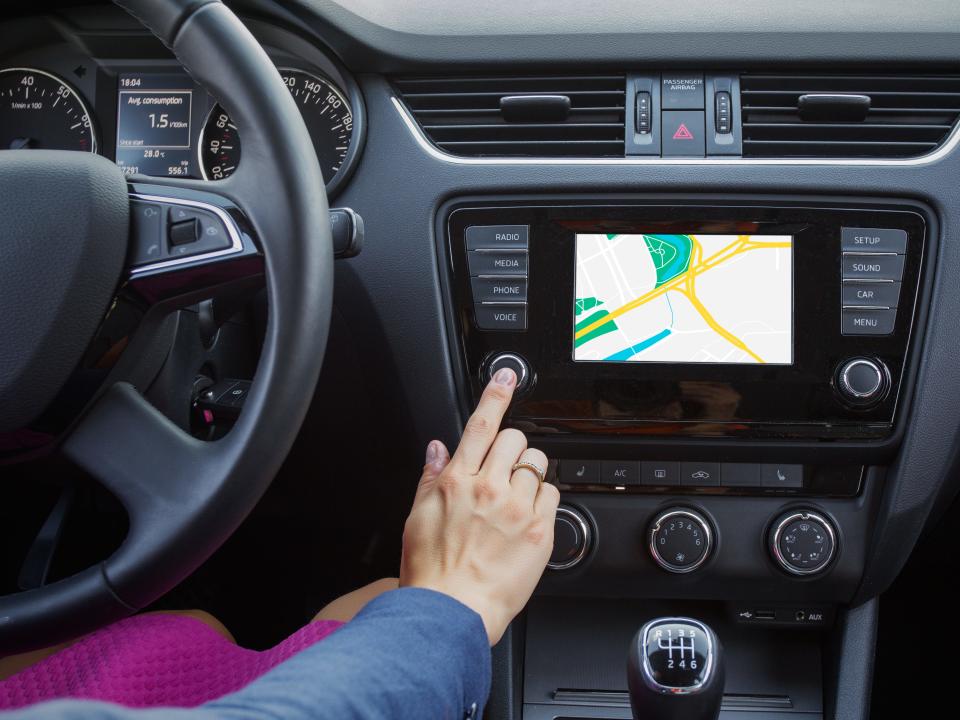
Though there were earlier models of map guidance tools introduced as early as 1930, the Mazda 1990 model was the first that had a true GPS built in to a commercially available car. It took another 10 years after its release to become available in the United States, Popular Mechanics reported. The US military had to allow for its commercial usage, since they had launched the GPS satellites.
Though many households have them now, Sony PlayStations have only been around since 1994.
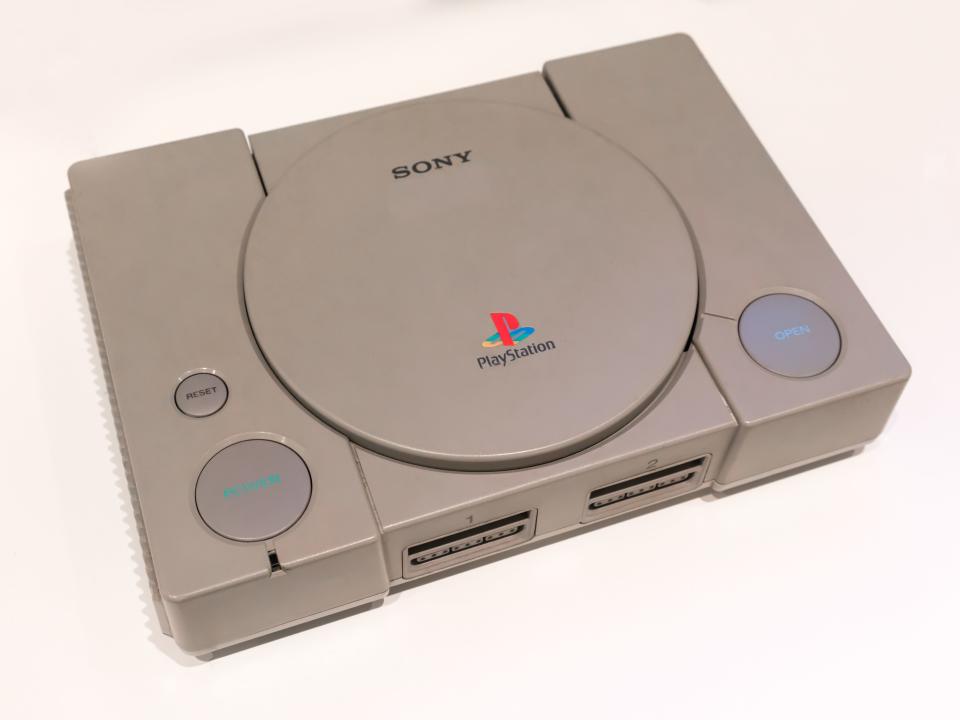
PlayStations revolutionized gaming, with graphics that were far more advanced than anything else on the market at the time.
Starbucks' famous Frappuccinos have only been available since 1995. Vanilla Bean and Strawberry Creme flavors were introduced in 2002.
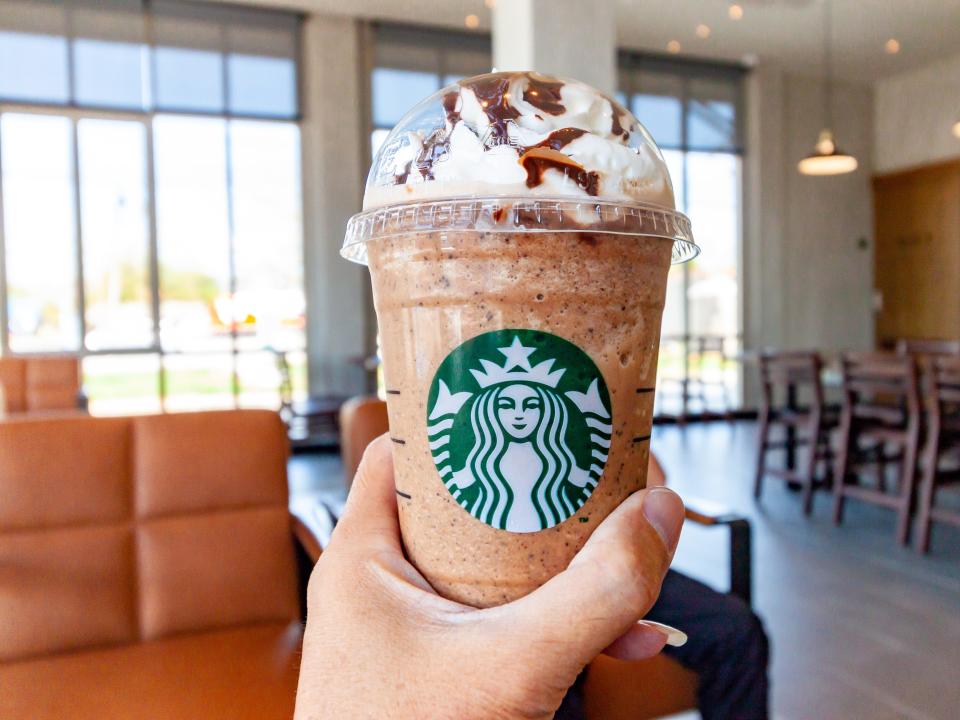
Dina Campion, a Starbucks employee, helped launch the Frappuccino.
She told Starbucks, "It was the summer of 1993, and Los Angeles is very hot in the summer. We noticed there were some smaller coffee shops that did some sort of blended coffee beverage. A couple of store managers and I felt there was a huge opportunity for Starbucks."
It has certainly paid off for the chain.
In August 2023, Starbucks said 75% of its drink sales the previous quarter were for cold drinks, QSR reported. Even over the winter — between January and March 2024 — cold drinks accounted for 63% of drink sales, Starbucks reported in April.
In 2021, an employee told Business Insider that Starbucks was becoming a "frappuccino factory."
Though it's now become a household staple, Febreze was first introduced in 1996.
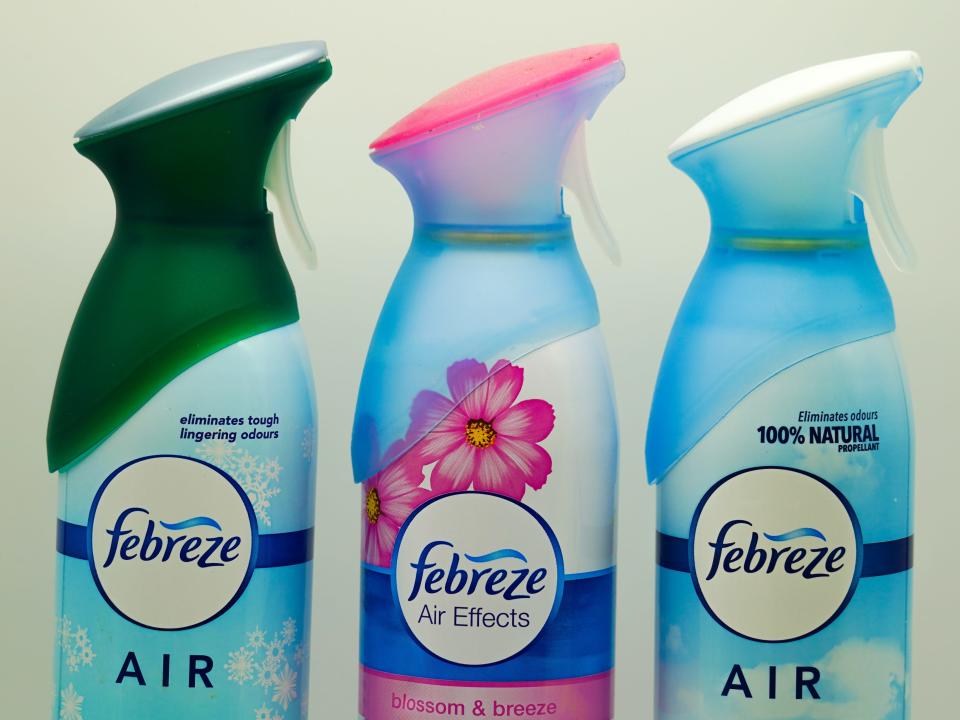
Febreze was invented by Procter & Gamble. The Washington Post reported Febreze and other similar sprays have ingredients called cyclodextrins that can actually trap odor molecules.
A popular item on the McDonald's menu now, the McFlurry was only introduced in 1997, two years after it was invented by a franchisee.

The McFlurry was invented by a Canadian franchisee, Ron McLellan, at his McDonald's in Bathurst, New Brunswick.
"I never expected that my creation would circle the globe with countries mixing together their own unique flavours," McLellan told CTV News in 2015.
You might see them in almost every house now, but plasma flat-screen TVs were first sold by Panasonic in the 1990s.
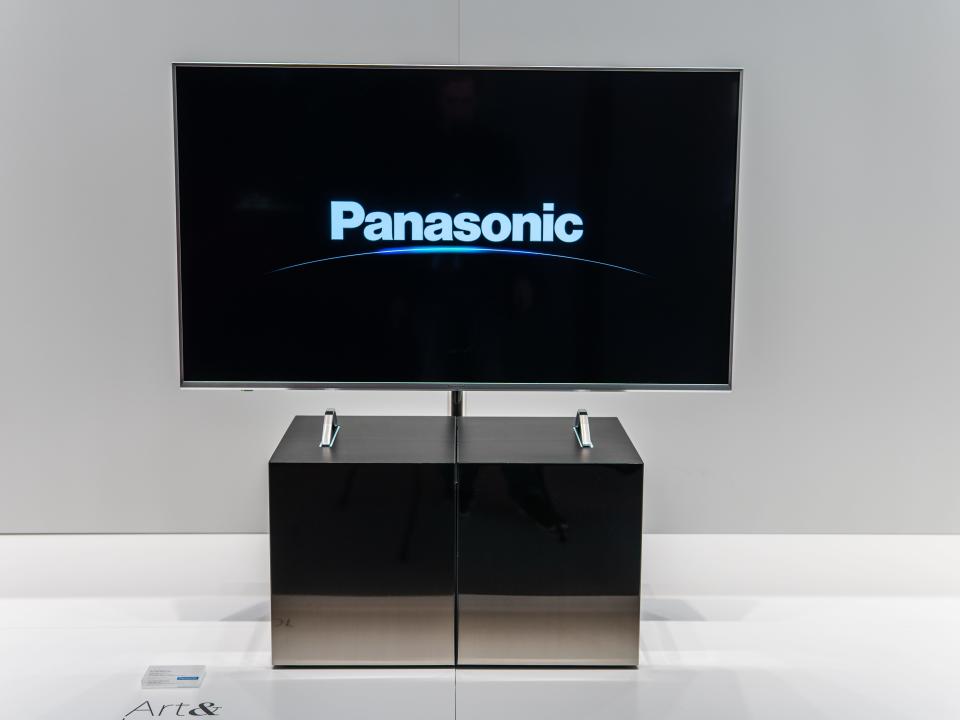
Flat-screen TV technology was pioneered by two University of Illinois professors, Donald Bitzer and Gene Slottow, and a graduate student, Robert Willson, according to the National Inventors Hall of Fame.
However, their model was not suitable for commercial use, and it wasn't until the 1990s that Panasonic engineer, Larry Weber, invented the modern flat screen we see in homes today.
Though they may seem like old technology now, DVDs were created in Japan in 1996 and first sold in the United States in 1997.
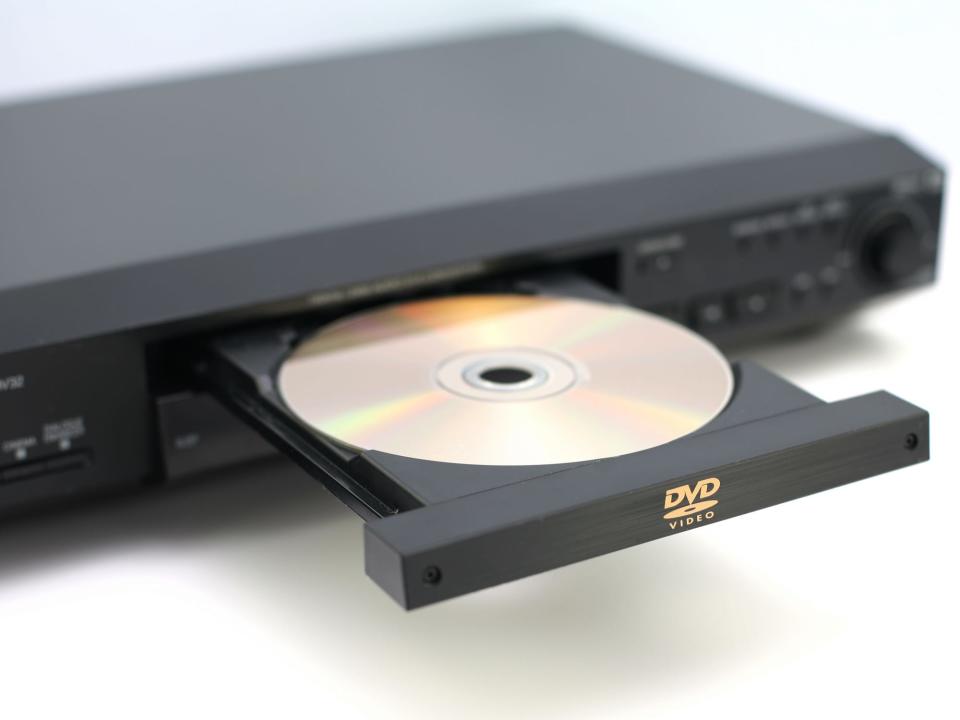
In 1997, Warner announced its first 30 DVD titles, which included "Blade Runner," "Casablanca," and "Twister," Variety reported.
The popular soft drink Sierra Mist has only been available since 1999, when it was launched by Pepsi.
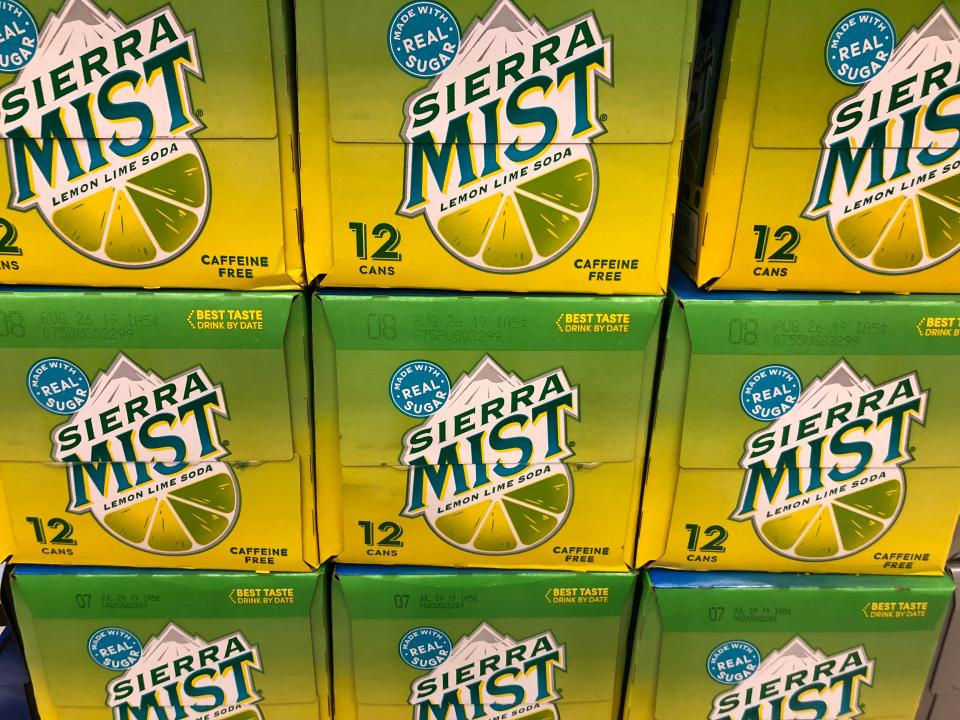
Sierra Mist was rebranded to Mist TWST in 2015. A Pepsi spokesperson told AdAge, "We are working to highlight the lemon-lime credentials of the product."
The Universal Serial Bus (USB), also known as a flash drive, was first sold by IBM in 2000.
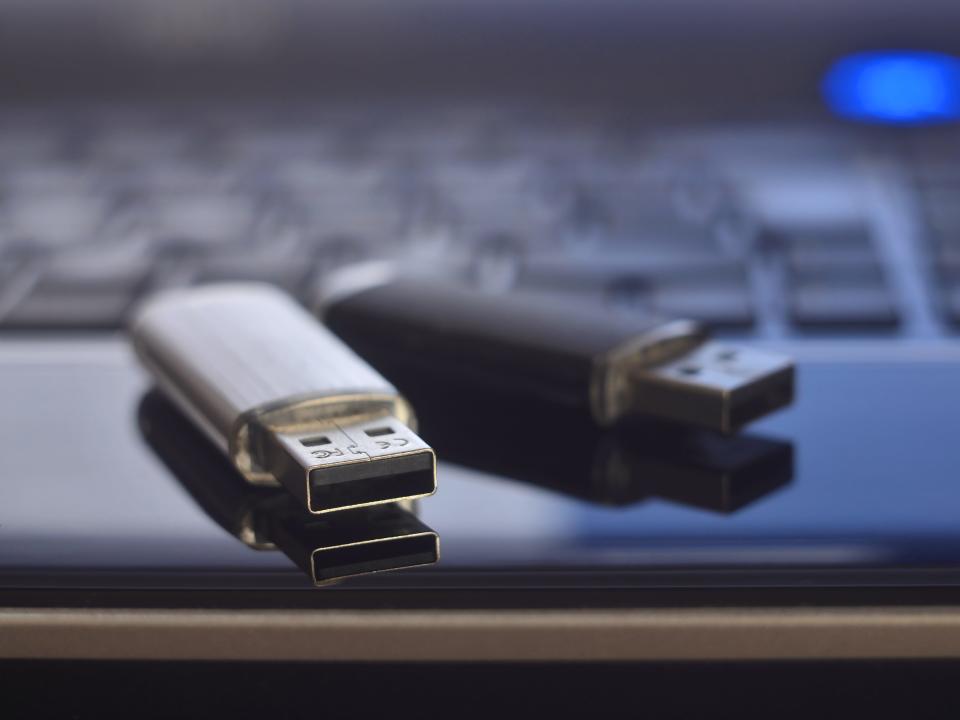
The first IBM USB was called the DiskOnKey, and held just 8 megabytes. However, within 10 years, the drive's storage capacity increased to 256 gigabytes.
Popular with both kids and adults, Razor scooters went on the market in 2000.

Razor scooters were invented by Wim Ouboter, a banker and amateur craftsman living in Zurich, Switzerland. He spoke to CityLabs in 2018 about how he came up with the idea.
"The problem is, if you're a big guy and you're riding such a small scooter, people will look at you weird. So you have to make it collapsible in order to bring it into a bar afterwards," he said.
The Toyota Prius, the first mass-produced hybrid car, was released internationally in 2000.
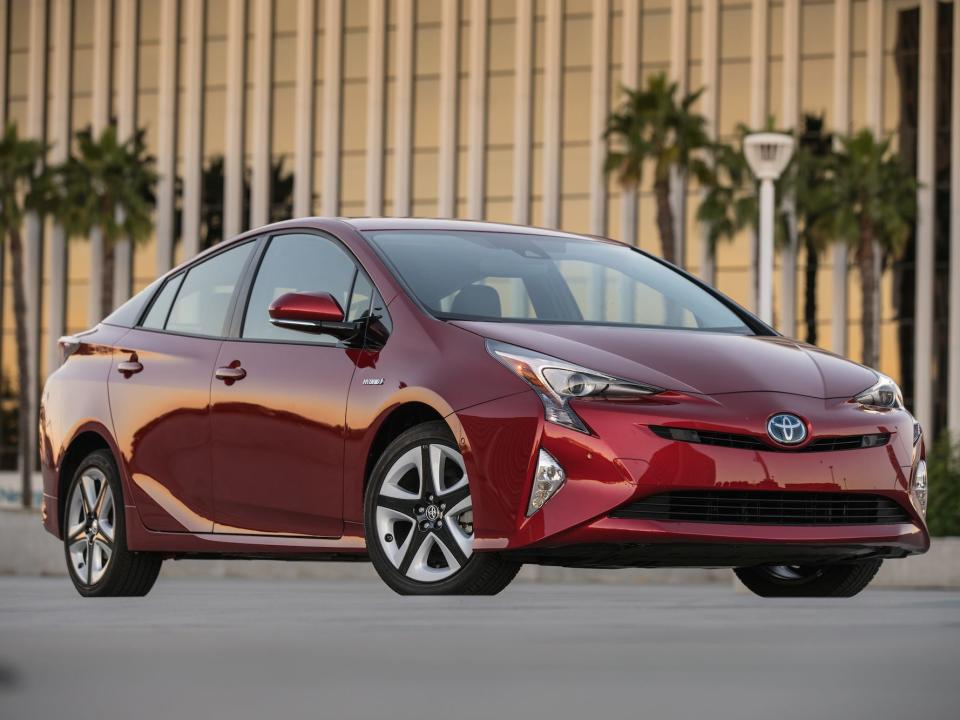
The car was first introduced in Japan in 1997. Today, Toyota is up to its fifth generation Prius.
Though you may see them in many public bathrooms today, Xlerator hand dryers have only been around since 2002.
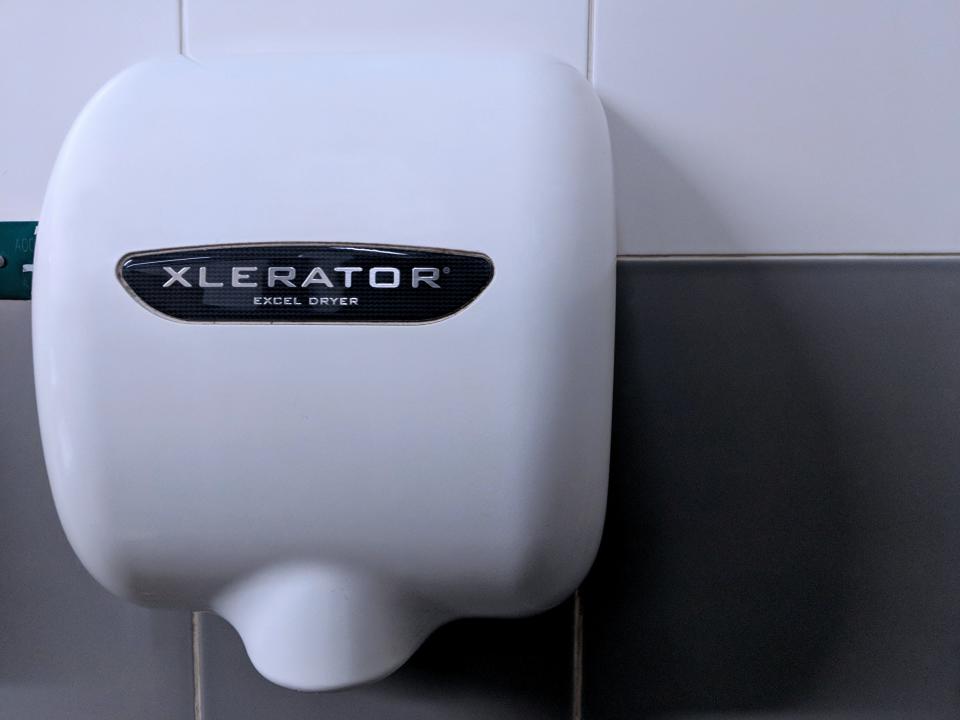
Excel Dryer released the Xlerator in 2002, and they were marketed as being able to dry hands in about 10 to 15 seconds, much faster than other dryers at the time, which took about a minute.
The first camera phone was released in 2000.
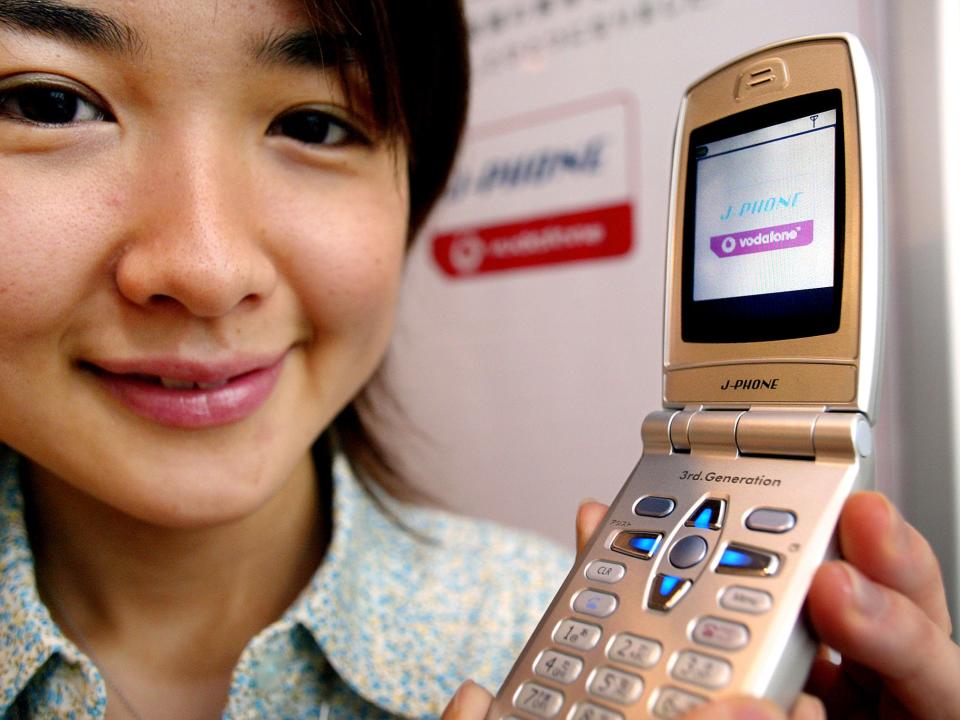
Samsung's phone with a built-in camera, the SCH-V200, was released in South Korea in June 2000. Its camera was capable of taking 20 photos, but had to be hooked up to a computer for users to access them, per Digital Trends.
McGriddles are another relatively recent item on the McDonald's menu. They became available in 2003.
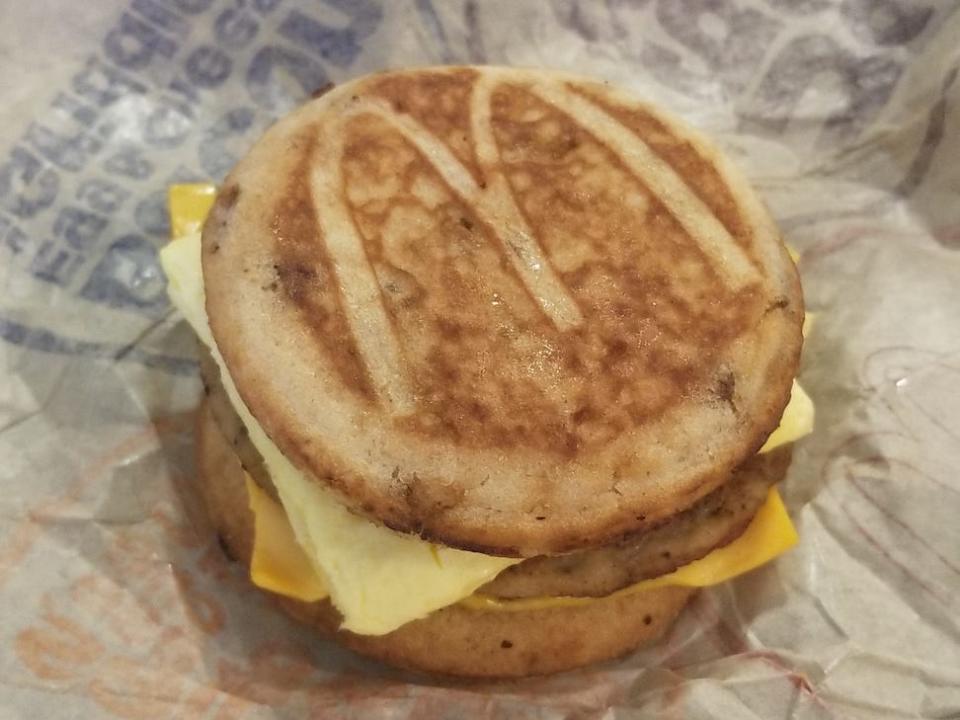
The McMuffin was introduced in 1972 and was McDonald's only breakfast sandwich until the McGriddle was released.
Android phones were only introduced in 2003.
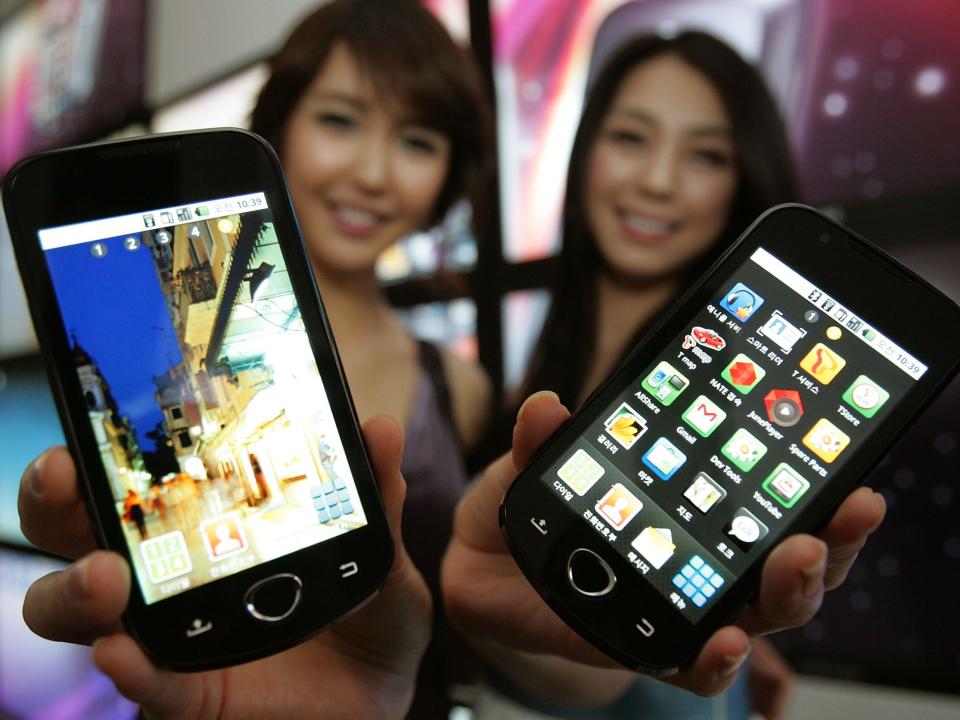
In 2022, the number of iPhone users in the US overtook Android users for the first time. Globally, however, the Android operating system is far more popular, according to StatCounter data.
Take 5 candy bars were first introduced by Hershey in 2004. Their popularity helped boost the company's profits 8% that year.
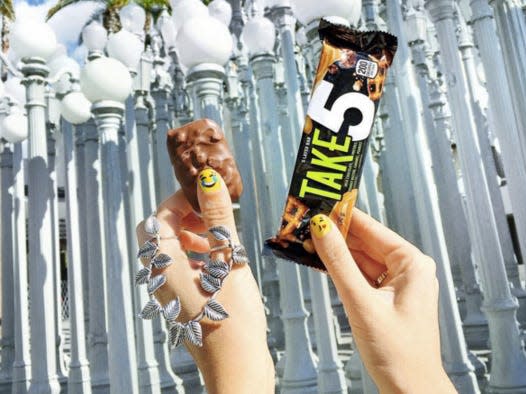
In 2019, Hershey announced Reese's was taking over the Take 5 bar, and it became the Reese's Take 5 bar. The company revealed that Reese's peanut butter had been an ingredient in the Take 5 bar since its 2004 launch.
Though energy drinks are ubiquitous today, the popular 5-hour Energy only went on the market in 2004.
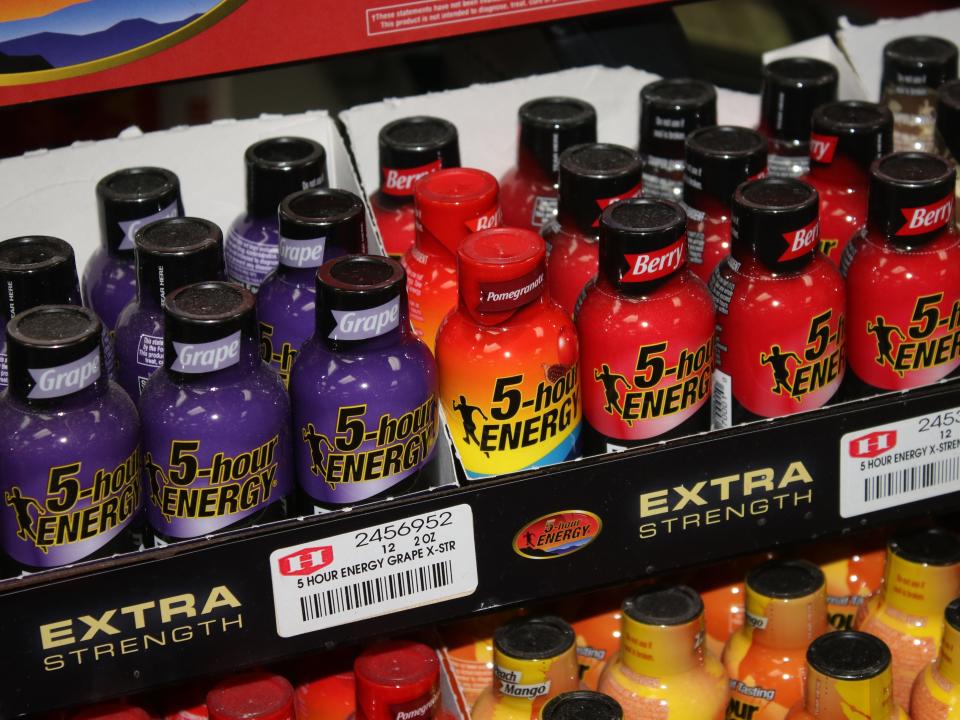
The drink, created by American businessman Manoj Bhargava, made $1 billion in retail sales in its first eight years, Forbes reported.
Taco Bell's CrunchWrap Supreme is also relatively new. It was introduced in 2005.
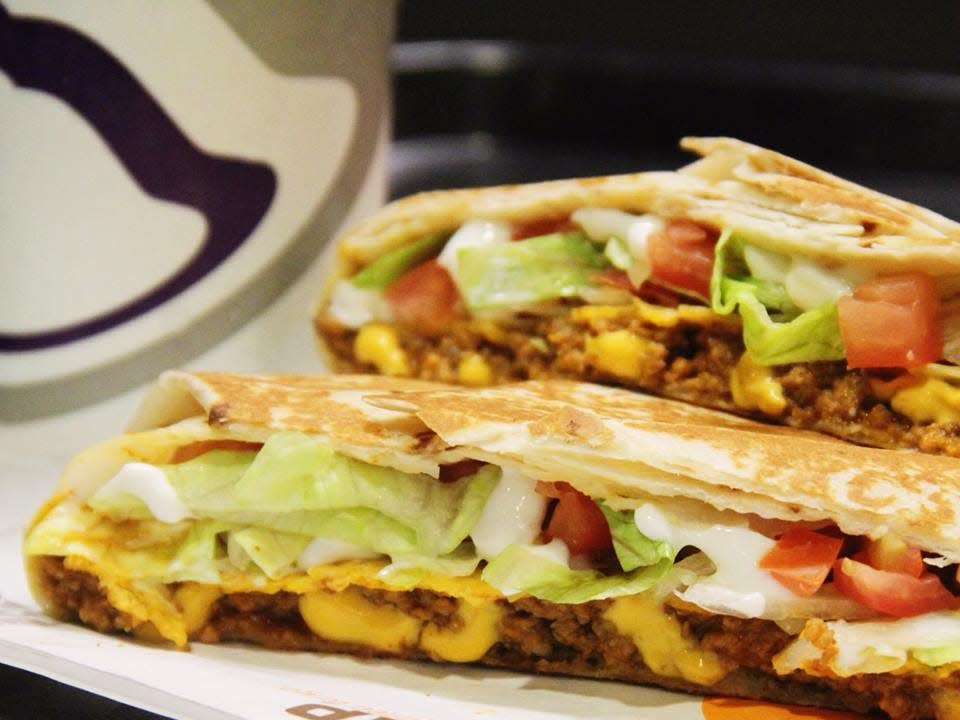
After its launch in 2005, the CrunchWrap Supreme became Taco Bell's most successful product introduction. It was added to their permanent menu in 2006.
Stride gum has only been around since 2007.
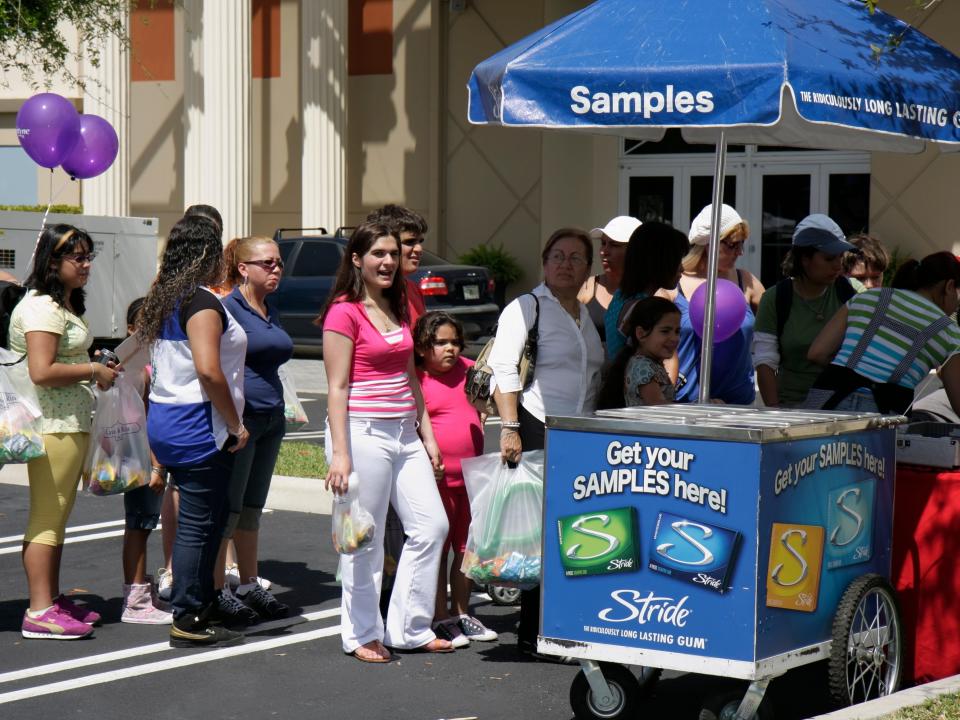
Stride is made by Kraft and is marketed as "The Ridiculously Long Lasting Gum."
Though Apple is now one of the world's top laptop retailers, MacBooks were released relatively recently, in 2006.
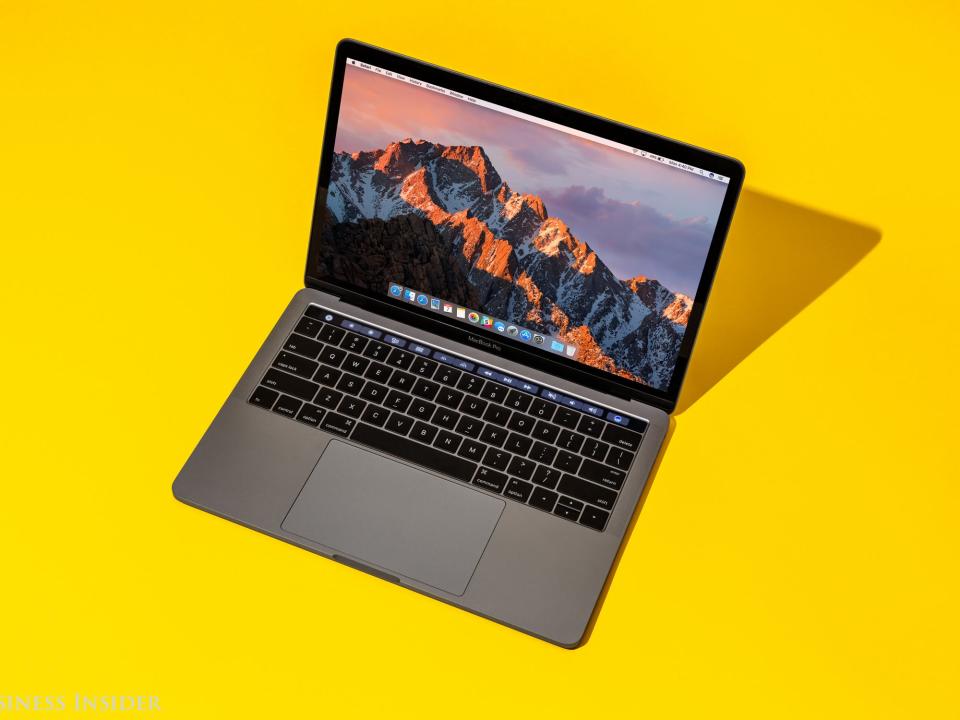
Though MacBooks are popular, Windows still takes the lion's share of laptop sales.
Similarly, more than a third of Americans own an iPhone, but the devices have only been around since 2007.
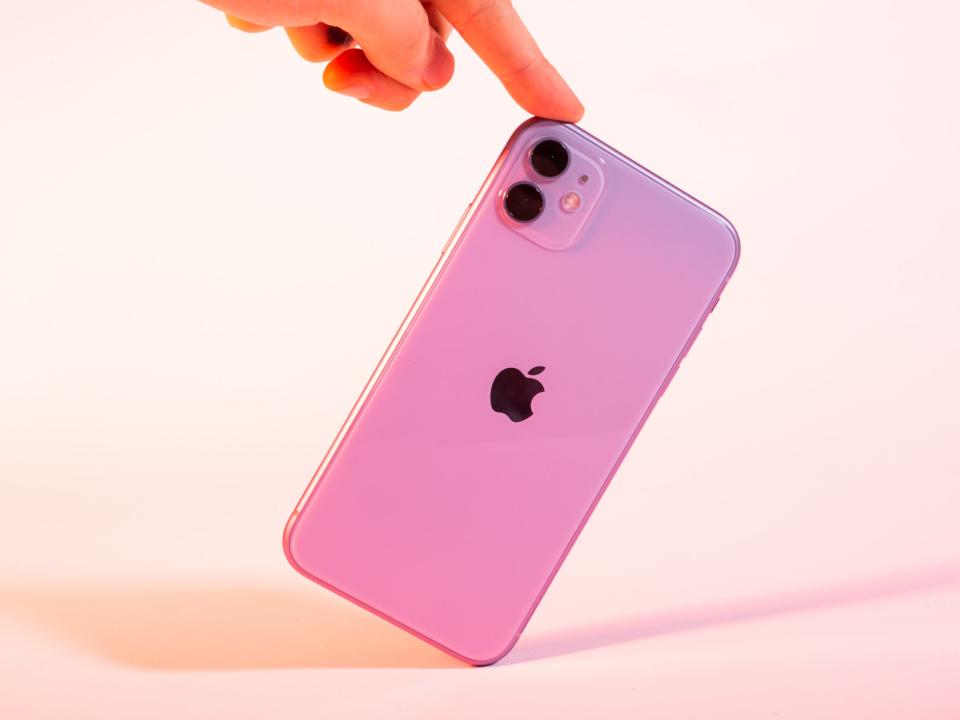
There are more than 130 million iPhone users in the United States, accounting for nearly half of all smartphone users in the country, per Statista.
Krave cereal was released in the United States by Kellogg's just 12 years ago, in 2012.
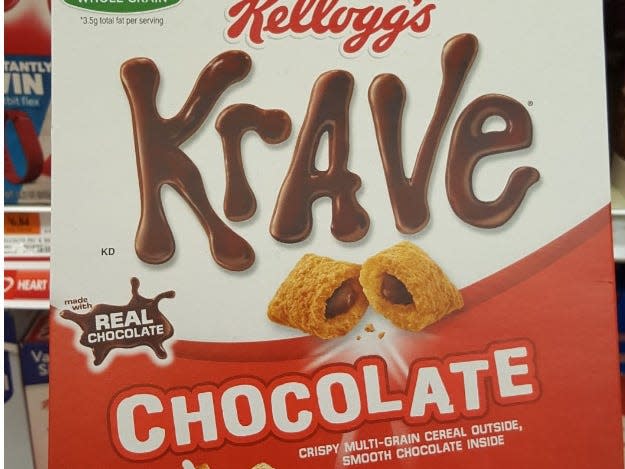
Krave was first released in the United Kingdom in 2010 and came in six different varieties: chocolate hazelnut, milk chocolate, totally chocolatey, chocolate caramel, chocolate, and double chocolate.
Amazon Alexa was first released in 2014, but only for Prime members. It became available for general users in 2015.
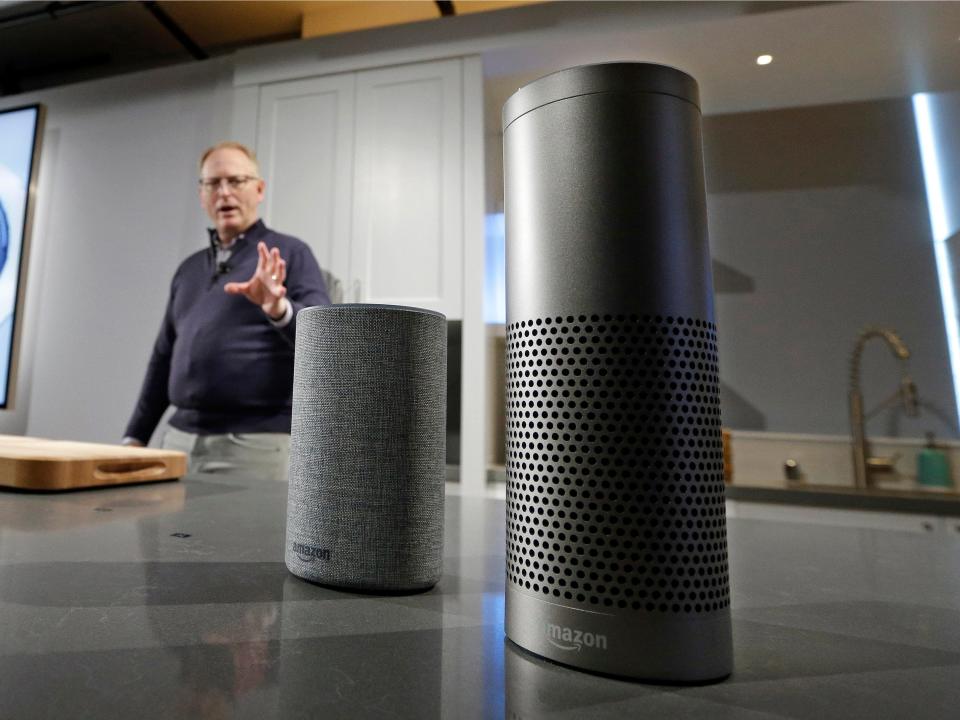
Alexa long led the way in voice-assistant technology but has slipped into third place in the US in recent years. Google Assistant is pacing for 88.8 million users in the US in 2024, followed by Siri with 84.2 million, per 2022 Insider Intelligence data. Meanwhile, Alexa has a projected 75.6 million users this year.
Amazon is working on an upgraded version of Alexa, slated for a summer release.
Read the original article on Business Insider


